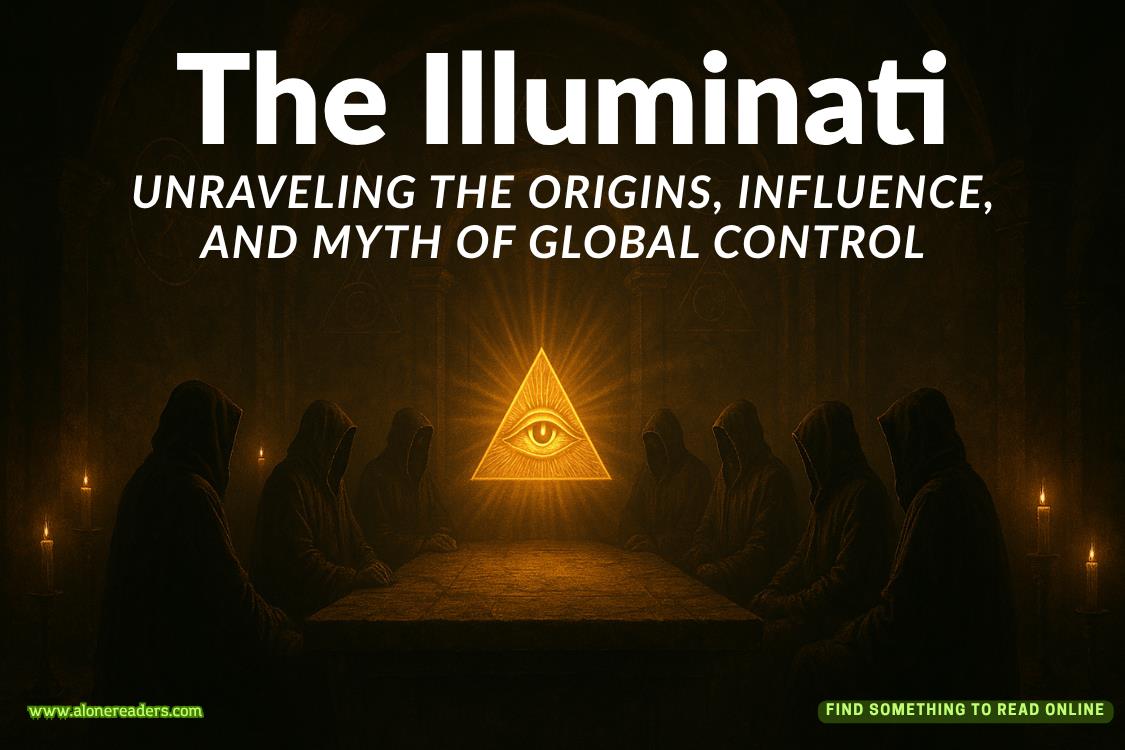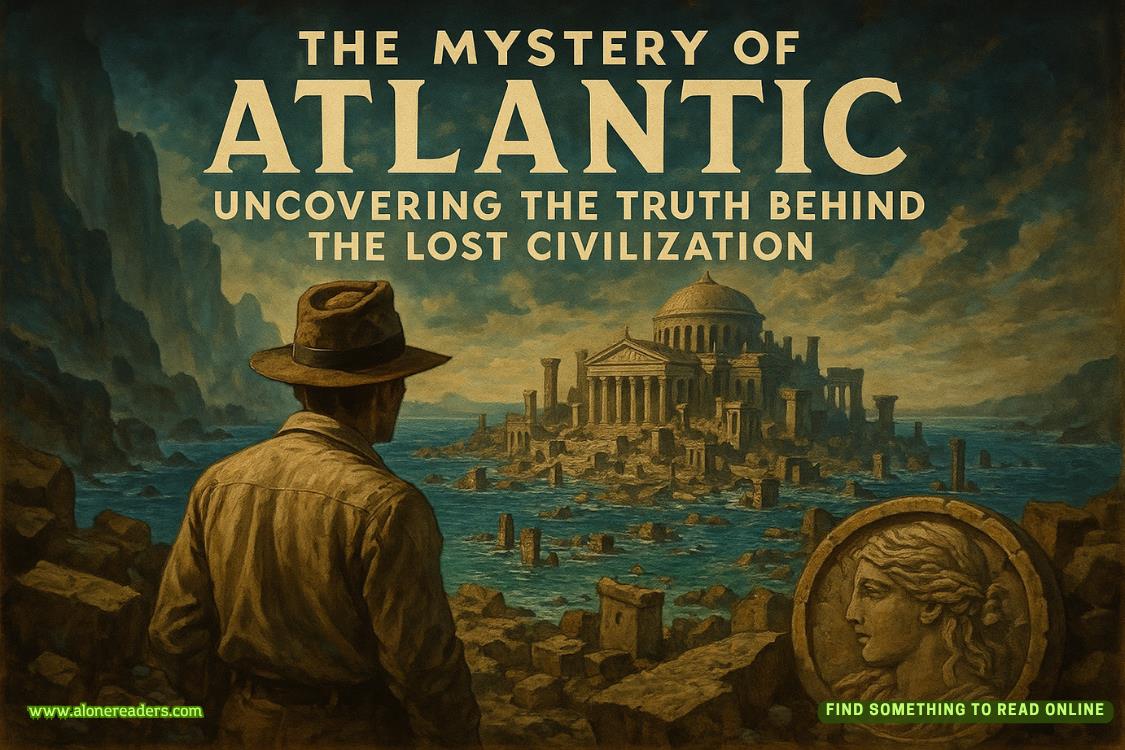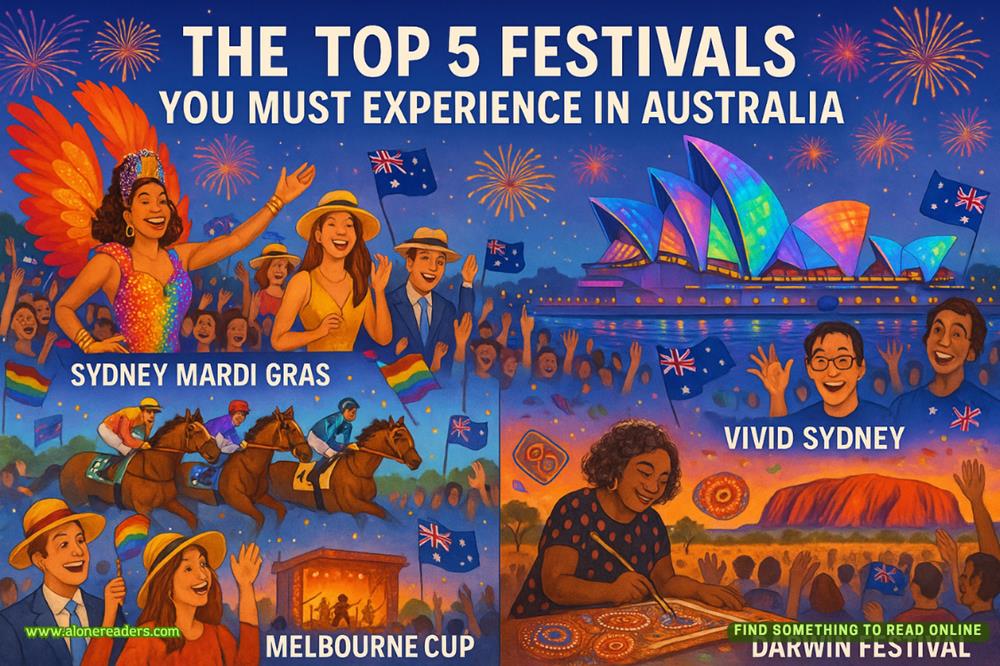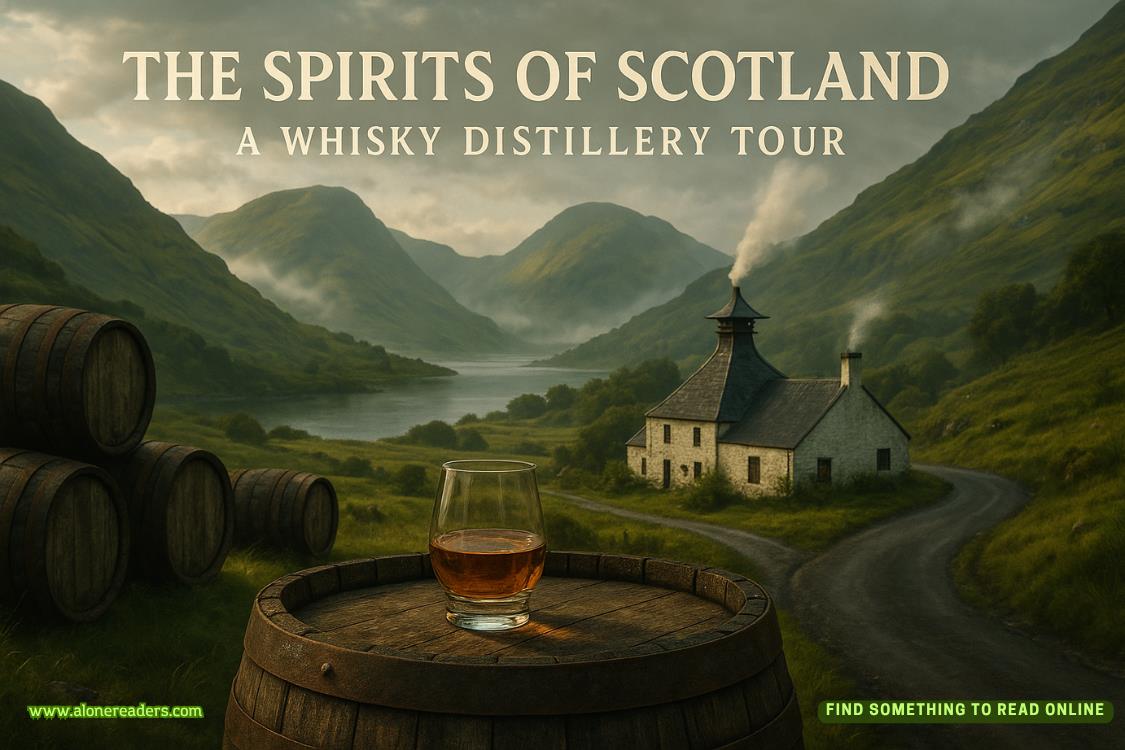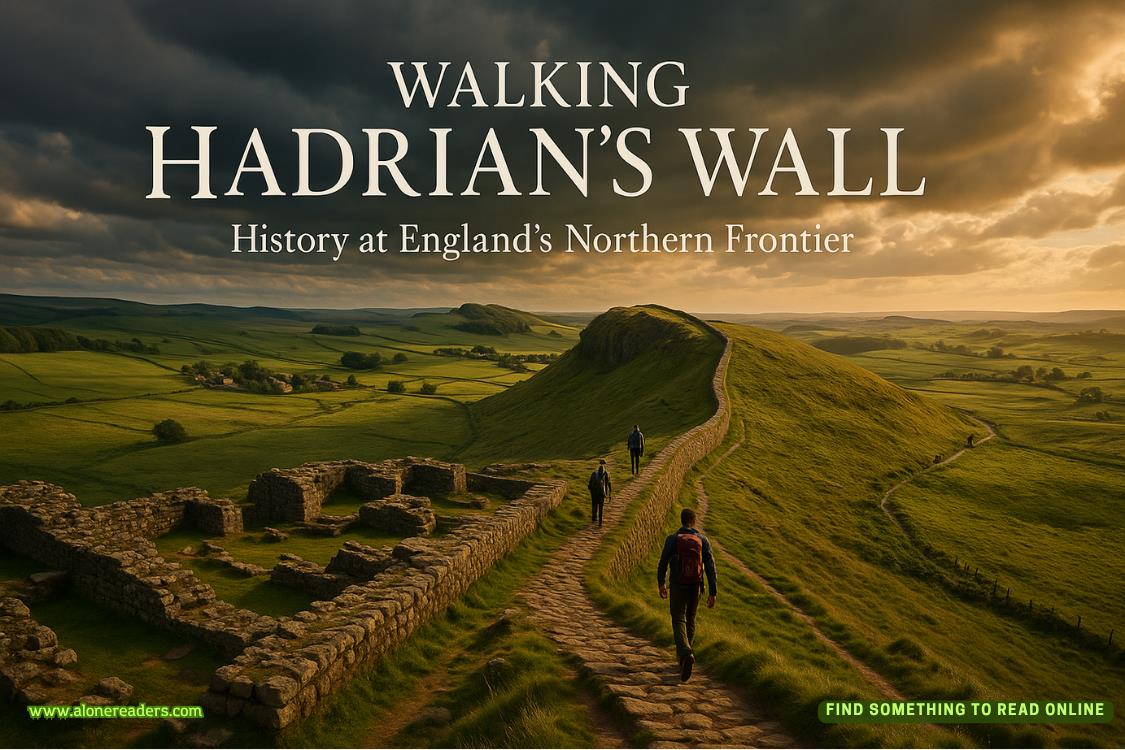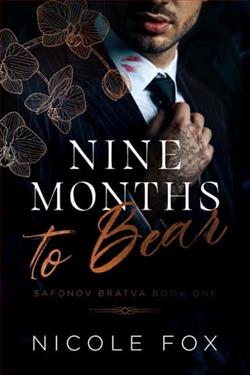Page 54 of A Death in Cornwall
“Also par for the course,” said Ricard. “Many of my clients leave their paintings here for years in order to avoid taxation and duty. And oftentimes when they elect to sell a painting, the shipping process involves nothing more than moving a crate from one storage vault to another. The Freeport contains the greatest art collection in the world, much of which is for sale. I’m sure we can find something of interest to Madame Rolfe.”
“She prefers contemporary works,” said Lovegrove.
“Does she like de Kooning?”
“Madame Rolfe would like to carefully consider her options before making a decision.”
“Of course,” said Ricard. “In the meantime, however, there is the small question of the gallery’s commission.”
“Because Madame Rolfe cannot write you a check to cover the cost of your fee, you will have to structure the deal in such a way that takes your own interests into consideration.”
It was an invitation to weight the transaction in the gallery’s favor. Ricard quite obviously found the suggestion to his liking. “That leaves the six paintings,” he said, glancing down at the photographs. “We need to move them from their current location here to the Freeport. And we have to do it in a way that involves a transaction. After all, the Freeport is not a public storage facility. All of the paintings and other valuables locked away here are technically in transit.”
“It has to be done in a way that protects Madame Rolfe’s identity.”
“Not a problem,” said Ricard with a dismissive wave of his hand. “I do it all the time. Galerie Ricard will be the buyer of record. Once the paintings are admitted into the Freeport, I will place them in a vault controlled solely by Madame Rolfe. Her name, however, will appear nowhere in my files, and the Freeport authorities will know nothing of our connection.”
“It all sounds a bit like my father’s bank,” said Anna.
“With one important exception, Madame Rolfe. The Freeport never gives up its secrets.” Ricard’s pen was hovering over his notebook. “You were about to tell me where to send the shippers to collect the six paintings.”
Anna recited the address of her villa on the Costa de Prata.
“How does Tuesday sound?”
It was Ingrid, keeper of the schedule, who answered. She did so while looking down at her phone. “Tuesday would be fine, Monsieur Ricard.”
22
Geneva Freeport
Anna and Ingrid traveled from Zurich to the Costa de Prata to supervise the ritual crating of the six paintings. The works arrived in Geneva the following Thursday and were cleared into the Freeport early Friday morning. “One of the greatest finds in living memory,” declared Edmond Ricard during a midday phone call to Nicholas Lovegrove in London. The Swiss dealer nevertheless wanted his experts to give the canvases a thorough going-over before moving forward. Gabriel spent five anxious days in Venice awaiting their verdict, which was favorable. Ricard set the valuation at an astonishing $325 million, and Lovegrove provided the dealer with a list of stratospherically expensive artists that were of interest to his client. It did not include the name Pablo Picasso.
Another forty-eight hours would go by before Ricard, with apologies for the delay, sent Lovegrove a list of paintings for his client’s consideration. Included were the Pollock and de Kooning that had been on display in Ricard’s gallery, along with works by Gustav Klimt, Mark Rothko, André Derain, Georges Braque, Fernand Léger, Wassily Kandinsky, Andy Warhol, Robert Motherwell, and Cy Twombly. Lovegrove called it a promising start, and three days later he was back in the Geneva Freeport with his client and her assistant in tow. For two hours they roamed the corridors and vaults of the facility, with Gabriel monitoring the proceedings from Venice via Ingrid’s phone. Lovegrove’s client was on her best behavior, but far from dazzled.
“Is there something specific you’re looking for?” asked Ricard when they were back in his office.
“I’ll know it when I see it,” said Anna.
“The de Kooning would be a fine investment, Madame Rolfe. The Pollock as well. I’m prepared to take your six works in trade for both canvases and call it a day.”
“Put it in writing,” interjected Lovegrove. “In the meantime, we’d like to see what else is on the market.”
The next viewing took place the following week. It included additional canvases by Pollock and Rothko, yet another de Kooning, a Basquiat, a Bacon, and a Jasper Johns—none of which Lovegrove’s client found to her liking. Frustrated, Ricard suggested they have a look at one final painting—an extraordinary opportunity, or so he claimed, that had just come onto the market. It was stored in Building 2, Corridor 4, Vault 39. When Ricard opened the locked metal shipping container, Madame Rolfe drew a sharp intake of breath. A photograph of the painting, snapped by her assistant, appeared instantly on Gabriel’s computer screen in Venice.
They were getting warmer.
***
The work in question, a streetscape of Barcelona, was painted by Pablo Picasso during the three-year phase of his career that would come to be known as the Blue Period. Ricard expressed surprise at Madame Rolfe’s reaction to the painting. He was under the impression, he said, that she had no interest in the Spaniard’s work.
“Wherever did you get an idea like that?”
“Your art adviser.”
Anna gave Lovegrove a withering look. “An oversight on his part, I assure you.”
“There are more than a thousand Picassos stored here at the Freeport,” explained Ricard. “I know of at least a hundred that are currently on the market.”
